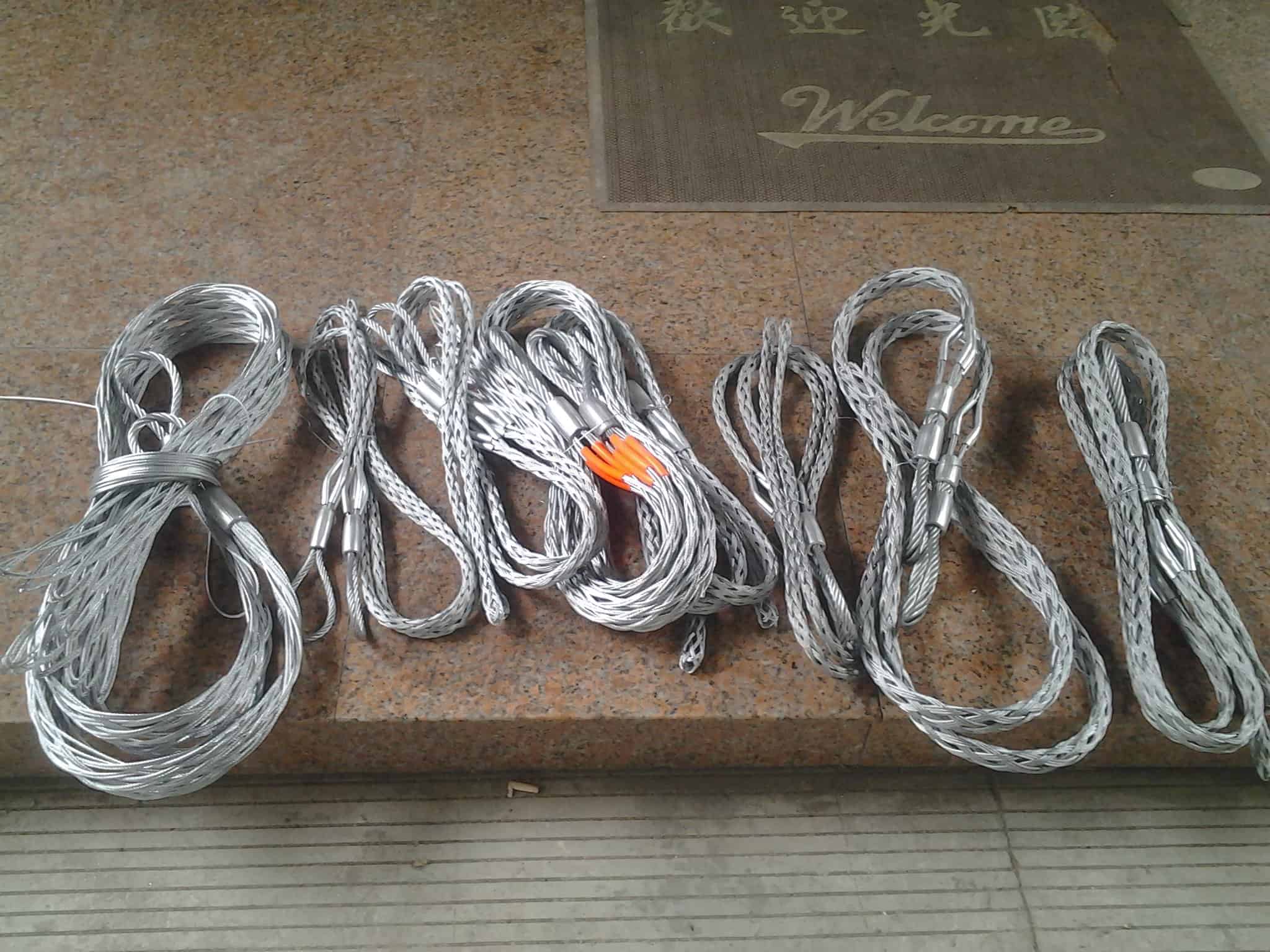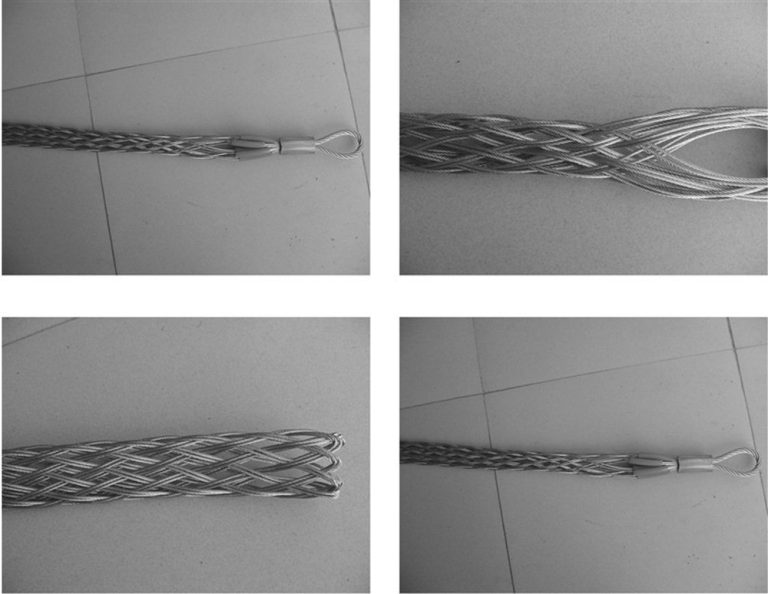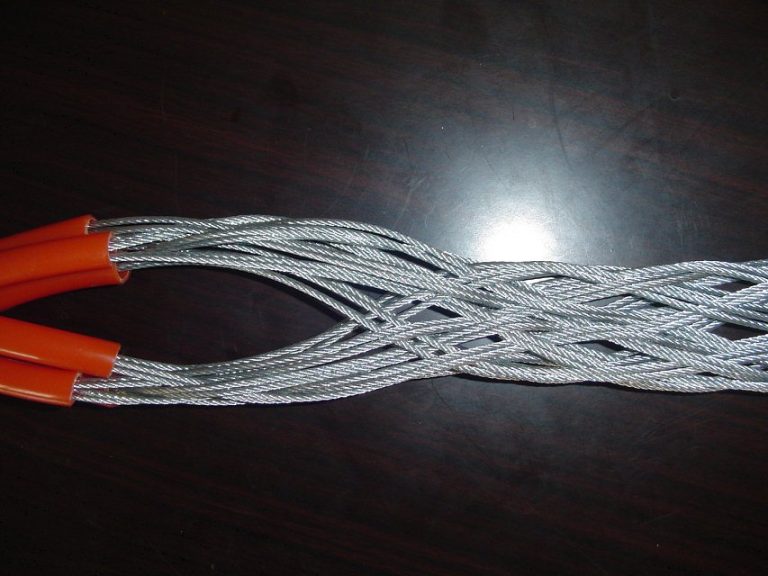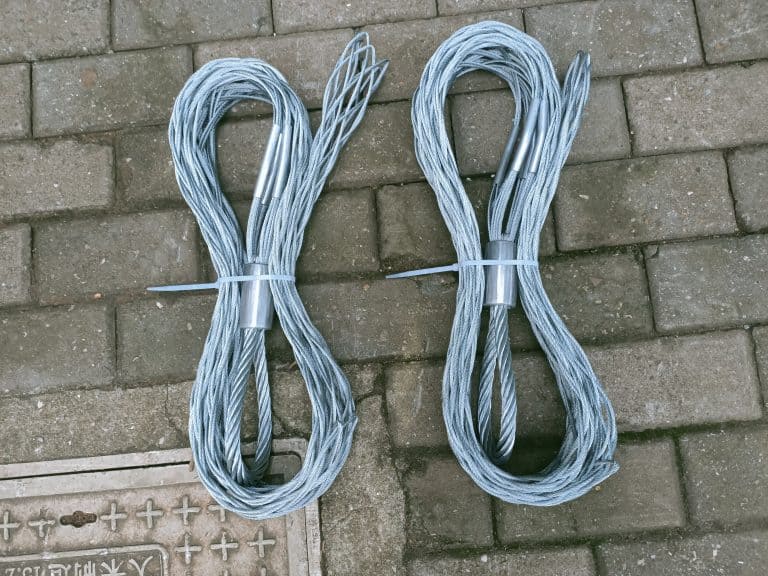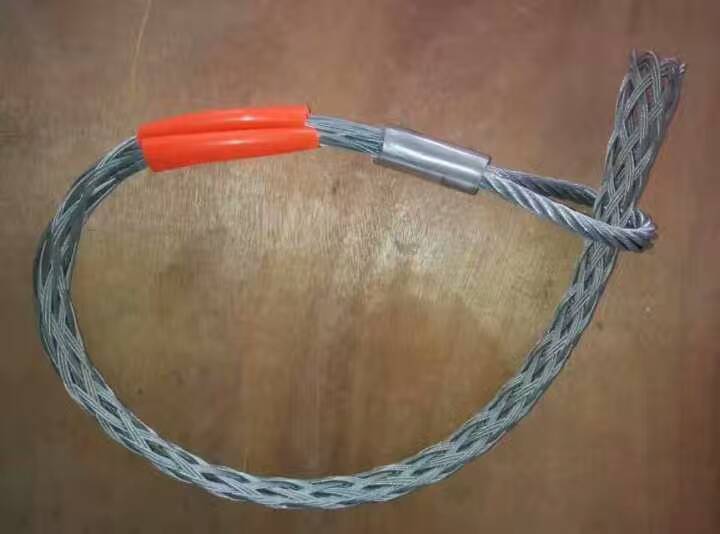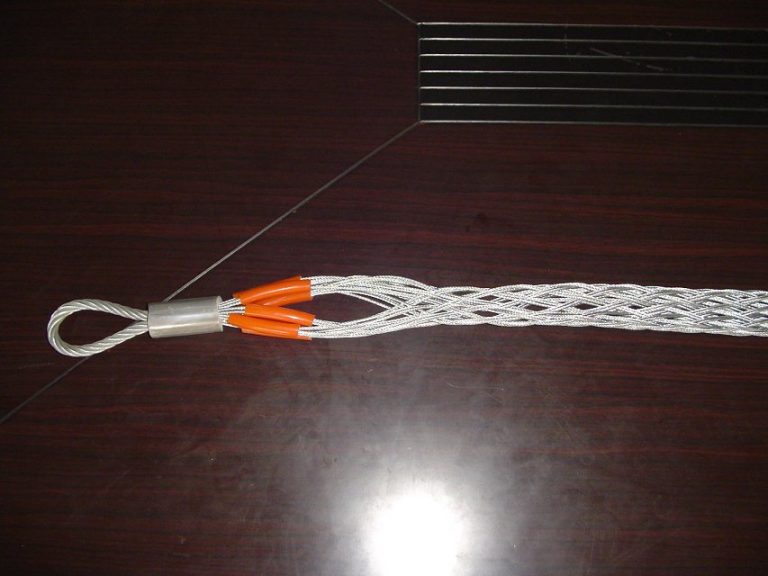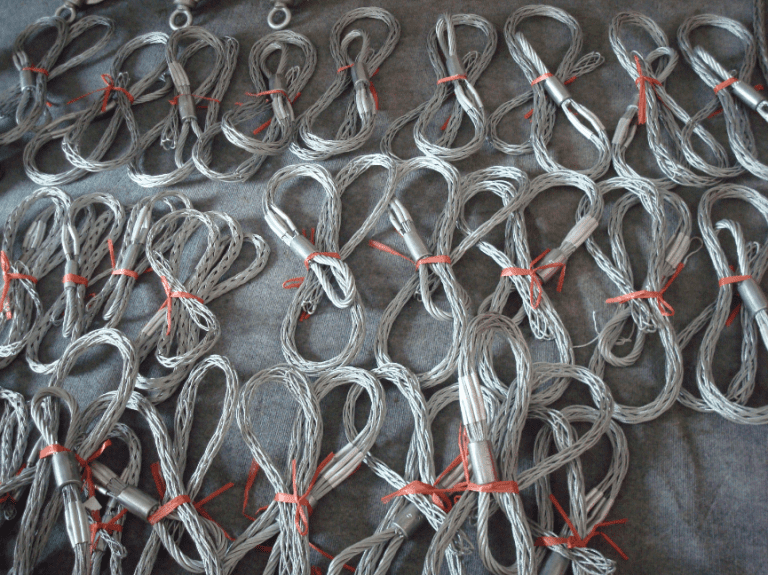How to Use Wire Pulling Grips for Cable Pulling?
Wire pulling grips, also known as cable pulling grips, are a valuable tool for anyone…
Wire pulling grips, also known as cable pulling grips, are a valuable tool for anyone involved in electrical installation or maintenance. These devices are used to pull or support electrical cables and wires during installation, and can be an essential part of any cable pulling project. Here are some tips on how to use wire pulling grips for cable pulling:
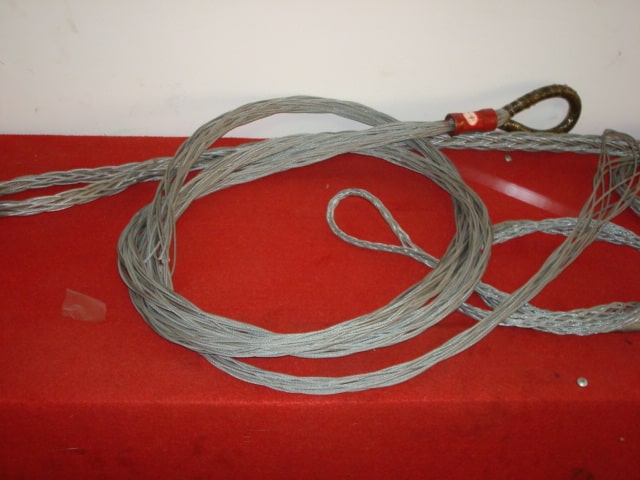
- Choose the Right Size and Type of Wire Pulling Grip
Wire pulling grips come in a variety of sizes and types, depending on the size and type of cable or wire being pulled. It’s important to choose the right size and type of wire pulling grip for your specific application, as using the wrong size or type of grip can lead to cable damage or grip failure.
2. Attach the Wire Pulling Grip to the Cable or Wire
To use a wire pulling grip, the grip is typically attached to the cable or wire. The grip should be placed near the end of the cable or wire, and tightened securely around the outer jacket or insulation. It’s important to make sure the grip is tight enough to hold the cable or wire firmly, but not so tight that it damages the cable or wire.
3. Connect the Wire Pulling Grip to a Pulling Device
Once the wire pulling grip is securely attached to the cable or wire, it can be connected to a pulling device, such as a winch or come-along. The pulling device should be attached to the grip using a shackle or other connector, and the grip should be positioned so that the cable or wire can be pulled in the desired direction.
4. Begin Pulling the Cable or Wire
With the wire pulling grip securely attached to the cable or wire, and connected to a pulling device, the cable or wire can be pulled through the conduit or other channel. It’s important to pull the cable or wire slowly and steadily, to avoid causing damage to the cable or wire or the conduit. The pulling device should be monitored closely during the pulling process, to ensure that the grip remains securely attached to the cable or wire and that the pulling force is evenly distributed.
5. Monitor the Cable or Wire for Damage
As the cable or wire is being pulled, it’s important to monitor it closely for any signs of damage. If the cable or wire becomes frayed, kinked, or otherwise damaged, the pulling process should be stopped immediately and the cable or wire should be inspected for damage. Using a wire pulling grip can help to reduce the risk of cable damage, but it’s still important to monitor the cable or wire closely during the pulling process.
In conclusion, wire pulling grips are an essential tool for anyone involved in cable pulling applications. By choosing the right size and type of grip, attaching the grip securely to the cable or wire, and monitoring the pulling process closely, you can ensure that your cable pulling projects are completed safely and efficiently, without the risk of cable damage or grip failure.
cable pulling sock, current cable pulling grips, wire pulling grip, pulling socks, pulling socks for wire, cable pulling socks, cable pulling stocking, pulling socks manufactures, electrical cable grips, cable pulling mesh grips.

